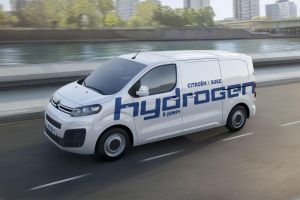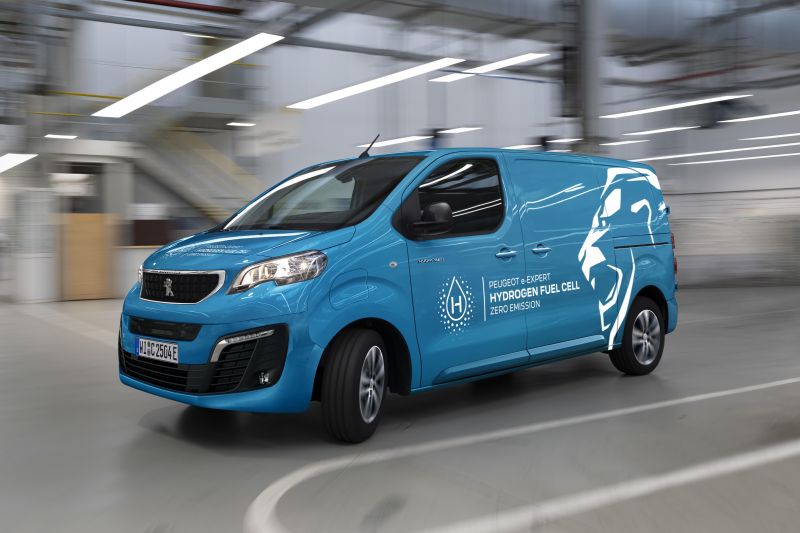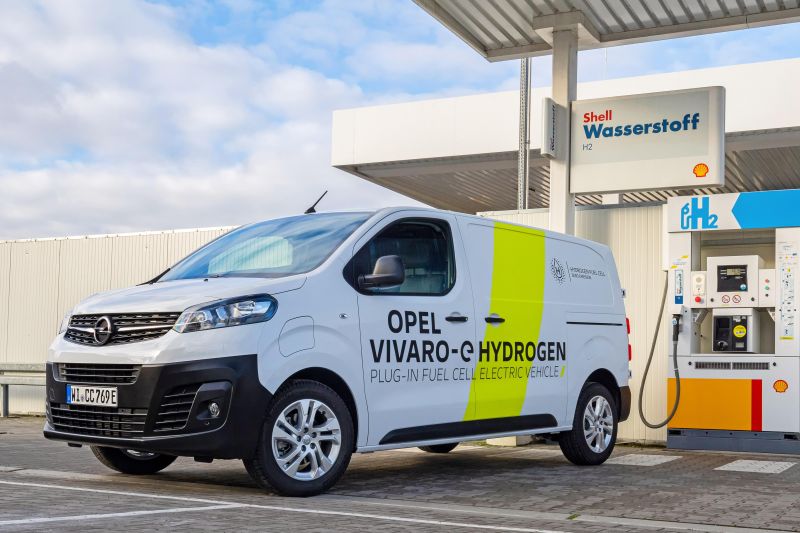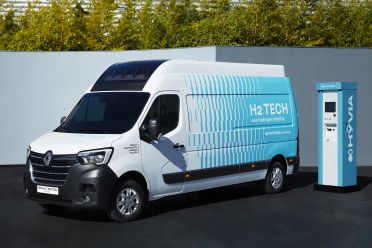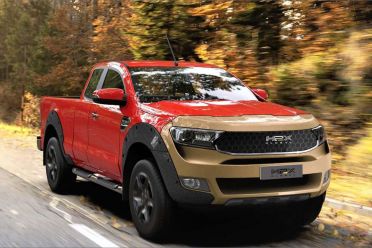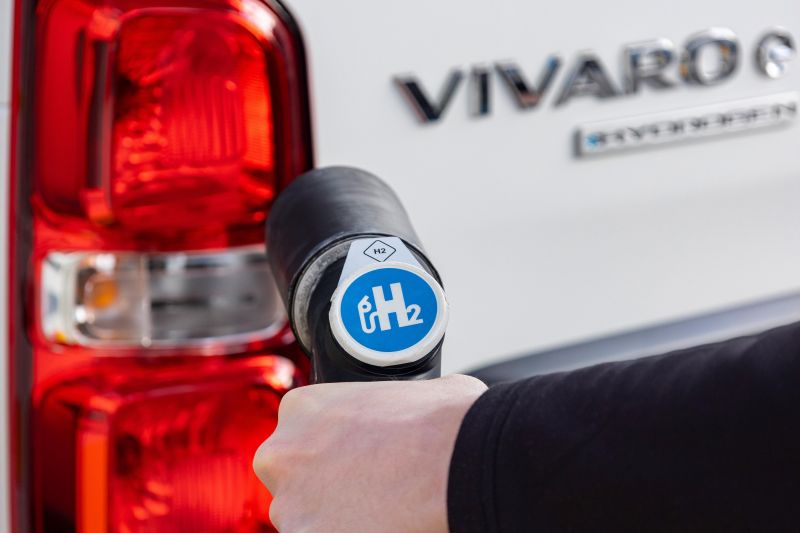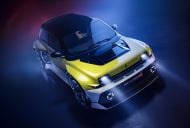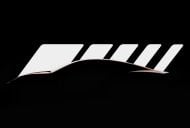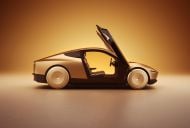Stellantis’ plug-in hydrogen fuel-cell (FCEV) vans have all grown up, and are ready to take on the world.
Peugeot, Citroen, and Opel, which are all Stellantis brands, have commenced production of their “mid-power” FCEV light commercial van triplets.
They are all rebadged vans built on a common platform. Production will be directed to fleet customers, so don’t expect to see these cars in showrooms any time soon.
Known as the Peugeot e-Expert Hydrogen, Opel Vivaro-e Hydrogen, and the Citroen e-Jumpy Hydrogen, these FCEV vans are all built in Rüsselsheim, Germany at the Stellantis Centre of Competence that’s dedicated to hydrogen technology.
All of these vans comprise of a fuel cell capable of holding up to 4.4kg of hydrogen, a 10.5kWh lithium-ion battery pack that can be charged through a plug, and an electric motor that produces 100kW of power and 260Nm of torque.
Peugeot, Citroen and Opel all claim their hydrogen tanks can be refuelled in three minutes and can provide a driving range of almost 350km using the WLTP test standard.
In certain conditions, these vans can be purely driven on all-electric power as a backup and can provide a driving range of up to 50km on the WLTP cycle.
This all-electric power also assists in situations where extra power is required.
Combining these two systems, the automakers claim their FCEV vans have a total driving range of more than 400km.
These vans will be available in two different lengths, with 5.3 cubic metres of cargo volume in the standard variant and 6.1 cubic metres in the longer variant.
Payload and towing capacities for these FCEV light commercial vans are both 1000kg.
The automakers claim the vans are capable of a top speed of 130km/h.
All of the vans that have just rolled off the production line have owners lined up.
The first Peugeot e-Expert Hydrogen will be delivered to Michelin subsidiary, Watea by Michelin, by the end of 2021.
Citroen’s first e-Jumpy Hydrogen is set to be delivered to the Suez Group, and the first Opel Vivaro-e Hydrogen will join the fleet for German domestic appliance manufacturer, Miele.
At this stage there are no confirmed plans for any of these FCEV Stellantis vans to come to Australia.
The most direct competitor to these trio of Stellantis FCEV vans is the Renault Master Van H2-Tech.
Developed as part of joint venture between Renault Group and hydrogen fuel-cell specialists Plug Power, Renault aims for production to begin by the end of 2021, with the van available to European consumers in 2022.
The Master Van H2-Tech is equipped with a 30kW fuel cell, a 33kWh battery, and four tanks each containing 1.5kg of hydrogen.
It promises a range of up to 500km, and will take just five minutes to fill up at a HYVIA hydrogen refuelling station.
Pictured: Renault Master Van H2-Tech (left) and H2X Warrego (right)
There’s also the H2X Warrego hydrogen fuel-cell ute that’s based on the outgoing Ford Ranger.
The hydrogen fuel cell segment is an area that has been gradually building in the last 12 months, with automakers exploring other alternatives to battery electric vehicles (BEVs).
Hyundai has said it plans to launch a cheaper next-generation hydrogen fuel-cell drive unit, as well as a new Nexo and a fuel-cell version of the Staria people-mover in 2023.
Toyota also plans to work towards the emissions-reduction plan for the next decade as laid out by the Federal Camber of Automotive Industry (FCAI).
It acknowledges though to achieve this goal for light commercial vehicles will be very challenging and isn’t ruling out any powertrain technologies, such as FCEVs, in its pursuit.
Passenger FCEVs such as the fleet-only Toyota Mirai and Hyundai Nexo have also cemented the powertrain technology in Australia as well.
MORE: Peugeot e-Expert Hydrogen revealed, no plans for Australia



